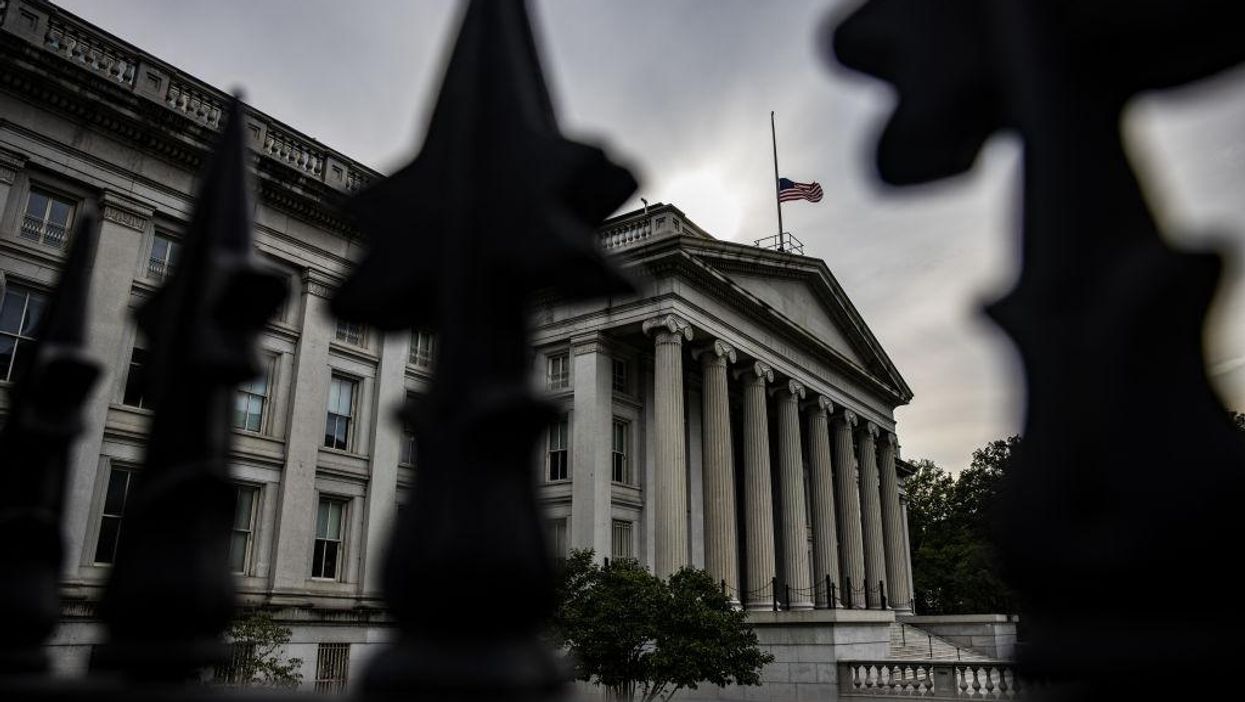
Samuel Corum/Bloomberg via Getty Images

The costs of goods and services rose sharply again in August, leaving the U.S. inflation rate at a 30-year high, the Department of Commerce reported, causing the Federal Reserve chairman and at least one White House economic adviser to change their tune on just how temporary the Biden administration's inflation increase may be.
Jared Bernstein, who is currently a member of the Council of Economic Advisers for the Biden administration, predicted to Fox Business that inflation would end around 4% this year before settling back down to 2.3% in 2022.
"The catch," Fox Business reported, is that "he cannot say when that will happen and believes we might see elevated inflation into the middle of next year."
The adviser's remarks matched those issued recently by Federal Reserve Chairman Jerome Powell, who during a panel discussion acknowledged that rising inflation will likely last into next year.
The central bank chief called it "frustrating to see the bottlenecks and supply chain problems not getting better" but actually "getting a little bit worse," and added, "We see that continuing into next year probably and holding up inflation longer than we had thought."
The adjusted predictions are a marked departure from the Biden administration's previous line. For months, Biden officials downplayed concerns about rising inflation while advocating for the infusion of multitrillion-dollar spending bills into the economy — calling it "transitory," unavoidable, and even preferable — even as economists warned of more dire consequences.
With the latest news, economists continued to trumpet their concerns.
The Commerce Department's report showed that the 12-month rate of inflation edged up in August from 4.2% to 4.3% — the highest rate since 1991, when George H.W. Bush was president, according to MarketWatch.
"Stagflation is here," Bank of America global research analysts concluded following news of the report.
"This is the first week that markets realized that global growth could be weak and inflation more persistent," Athanasios Vamvakidis, BofA's global head of G10 FX strategy, told MarketWatch. "Energy-price increases were a wake-up call for markets, and the scenario that's now more likely to develop is one in which we get higher inflation and weaker output."
"We could easily see inflation at 3% to 4% for a while," added Gang Hu, a managing partner at WinShore Capital Partners. "We are not at the end of this supply-side destruction and are entering a period where nobody knows what transitory inflation means."
Wharton finance professor Jeremy Siegel, who is known for his accurate market predictions, told CNBC over the weekend, "We're headed for some trouble ahead."
"Inflation, in general, is going to be a much bigger problem than the Fed believes," he warned.
Phil Shiver